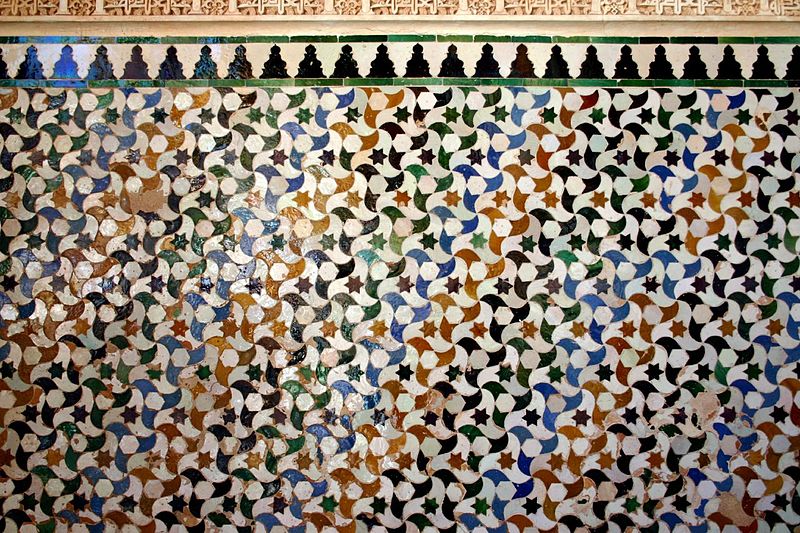Articles
Medieval Islamic Ceramics
Article author: FUNCI
Date of publication of the article: 20110624
Year of publication: 2011
Perpetual Glory: Medieval Islamic Ceramics from the Harvey B. Plotnick Collection presents about 100 treasures from what is generally regarded as the finest private collection of early Islamic ceramics in the world.
They range in date from the early Abbasid caliphate in Iraq (9th–10th century) and the Mongol Ilkhanid dynasty in Iran (mid-13th–mid-14th century) to the Timurid dynasty in eastern central Asia (14th–15th century).The dramatic development of ceramics in the medieval Islamic period amounted to an industrial revolution. Glazed pottery —white wares painted in cobalt blue, luxurious lusterware and prized splashware— was produced in larger quantities and varieties than ever before and was traded widely along the Silk Road.
The exhibition closely examines the most important types of ceramics produced in Iraq and Iran during this time —lusterware, slip-painted ceramics, underglaze-painted wares, and overglaze-painted wares most commonly known as mina’i— and features these objects with a number of contextual examples from Egypt, Syria, Afghanistan and Central Asia. The extraordinary achievements of Islamic pottery are explored in depth in the example of lusterware, which was produced through an exacting process involving the application of metallic solutions —usually copper and silver oxides—and multiple firings.
Lusterware was first developed in Iraq in the ninth century and was imitated and prized by the Fatimid rulers in Egypt starting in the mid-10th century before spreading to Syria, Anatolia and ultimately Iran, where it reached its technical and artistic peak.
Art Institute of Chicago, through October 28.


